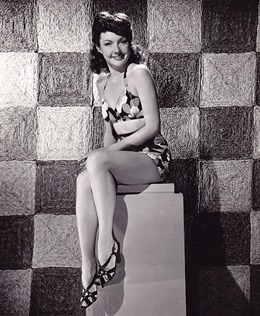
Irene Dunne (December 20, 1898 – September 4, 1990) was an Irene Dunne American film actress and singer of the 1930s, 1940s and early 1950s. Dunne was nominated five times for the Academy Award for Best Actress, for her performances in Cimarron (1931), Theodora Goes Wild (1936), The Awful Truth (1937), Love Affair (1939) and I Remember Mama (1948). She was named to the International Best Dressed List Hall of Fame in 1958.
Early life
 Born Irene Marie Dunn in Louisville, Kentucky, to Joseph Dunn, a steamboat inspector for the United States government, and Adelaide Henry, a concert pianist/music teacher from Newport, Kentucky, Irene Dunn would later write, “No triumph of either my stage or screen career has ever rivalled the excitement of trips down the Mississippi on the river boats with my father.” She was only eleven when her father died in 1909. She saved all of his letters and often remembered and lived by what he told her the night before he died: “Happiness is never an accident. It is the prize we get when we choose wisely from life’s great stores.”
Born Irene Marie Dunn in Louisville, Kentucky, to Joseph Dunn, a steamboat inspector for the United States government, and Adelaide Henry, a concert pianist/music teacher from Newport, Kentucky, Irene Dunn would later write, “No triumph of either my stage or screen career has ever rivalled the excitement of trips down the Mississippi on the river boats with my father.” She was only eleven when her father died in 1909. She saved all of his letters and often remembered and lived by what he told her the night before he died: “Happiness is never an accident. It is the prize we get when we choose wisely from life’s great stores.”
After her father’s death, Irene, her mother, and her younger brother Charles moved to her mother’s hometown of Madison, Indiana. Dunn’s mother taught her to play the piano as a very small girl. According to Dunn, “Music was as natural as breathing in our house.” Dunne was raised as a devout Roman Catholic. Nicknamed “Dunnie,” she took piano and voice lessons, sang in local churches and high school plays before her graduation in 1916.
She earned a diploma to teach art, but took a chance on a contest and won a prestigious scholarship to the Chicago Musical College, where she graduated in 1926. With a soprano voice, she had hopes of becoming an opera singer, but did not pass the audition with the Metropolitan Opera Company.
Career
 Irene, after adding an “e” to her surname, turned to musical theatre, making her Broadway debut in 1922 in Zelda Sears‘s The Clinging Vine. The following year, Dunne played a season of light opera in Atlanta, Georgia. Though in her own words Dunne created “no great furore”, by 1929 she had a successful Broadway career playing leading roles, grateful to be at centre stage rather than in the chorus line. In July 1928, Dunne married Francis Griffin, a New York dentist, whom she had met in 1924 at a supper dance in New York. Despite differing opinions and battles that raged furiously, Dunne eventually agreed to marry him and leave the theatre.
Irene, after adding an “e” to her surname, turned to musical theatre, making her Broadway debut in 1922 in Zelda Sears‘s The Clinging Vine. The following year, Dunne played a season of light opera in Atlanta, Georgia. Though in her own words Dunne created “no great furore”, by 1929 she had a successful Broadway career playing leading roles, grateful to be at centre stage rather than in the chorus line. In July 1928, Dunne married Francis Griffin, a New York dentist, whom she had met in 1924 at a supper dance in New York. Despite differing opinions and battles that raged furiously, Dunne eventually agreed to marry him and leave the theatre.
Dunne’s role as Magnolia Hawks in Jerome Kern and Oscar Hammerstein II‘s Show Boat was the result of a chance meeting with showman Florenz Ziegfeld in an elevator the day she returned from her honeymoon. Dunne was discovered by Hollywood while starring with the road company of Show Boat in 1929. Dunne signed a contract with RKO and appeared in her first movie in 1930, Leathernecking, a film version of the musical Present Arms. She moved to Hollywood with her mother and brother and maintained a long-distance marriage with her husband in New York until he joined her in California in 1936.  That year, she re-created her role as Magnolia in what is considered the classic film version of the famous musical Show Boat, directed by James Whale. (Edna Ferber‘s novel, on which the musical is based, had already been filmed as a part-talkie in 1929, and the musical would be remade in Technicolor in 1951, but the 1936 film is considered by most critics and many film buffs to be the definitive motion picture version.)
That year, she re-created her role as Magnolia in what is considered the classic film version of the famous musical Show Boat, directed by James Whale. (Edna Ferber‘s novel, on which the musical is based, had already been filmed as a part-talkie in 1929, and the musical would be remade in Technicolor in 1951, but the 1936 film is considered by most critics and many film buffs to be the definitive motion picture version.)
During the 1930s and 1940s, Dunne blossomed into a popular screen heroine in movies such as the original Back Street (1932) and the original Magnificent Obsession(1935). The first of three films she made opposite Charles Boyer, Love Affair (1939) is perhaps one of her best known. She starred, and sang “Smoke Gets in Your Eyes“, in the 1935 Fred Astaire–Ginger Rogers film version of the musical Roberta.
She was apprehensive about attempting her first comedy role, as the title character in Theodora Goes Wild (1936), but discovered that she enjoyed it. She turned out to possess an aptitude for comedy, with a flair for combining the elegant and the madcap, a quality she displayed in such films as The Awful Truth (1937) and My Favourite Wife (1940), both co-starring Cary Grant. Other notable roles include Julie Gardiner Adams in Penny Serenade (1941) (once again opposite Grant),  Anna Leonowens in Anna and the King of Siam (1946), Lavinia Day in Life with Father (1947), and Marta Hanson in I Remember Mama (1948). In The Mudlark(1950), Dunne was nearly unrecognizable under heavy makeup as Queen Victoria.
Anna Leonowens in Anna and the King of Siam (1946), Lavinia Day in Life with Father (1947), and Marta Hanson in I Remember Mama (1948). In The Mudlark(1950), Dunne was nearly unrecognizable under heavy makeup as Queen Victoria.
She retired from the screen in 1952, after the comedy It Grows on Trees. The following year, she was the opening act on the 1953 March of Dimes showcase in New York City. While in town, she made an appearance as the mystery guest on What’s My Line? She also made television performances on Ford Theatre, General Electric Theatre, and the Schlitz Playhouse of Stars, continuing to act until 1962.
In 1952-53, Dunne played newspaper editor Susan Armstrong in the radio program Bright Star. The syndicated 30-minute comedy-drama also starred Fred MacMurray.
Dunne commented in an interview that she had lacked the “terrifying ambition” of some other actresses and said, “I drifted into acting and drifted out. Acting is not everything. Living is.
Text from Wikipedia
Read Full Post »


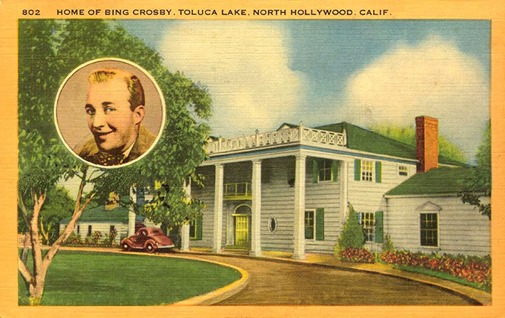
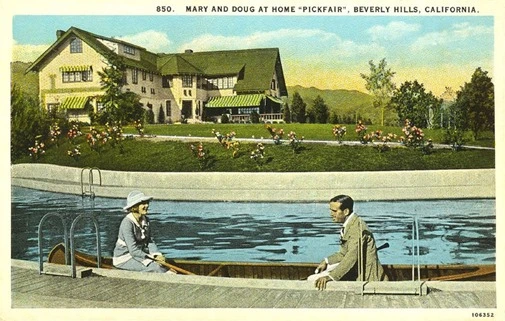
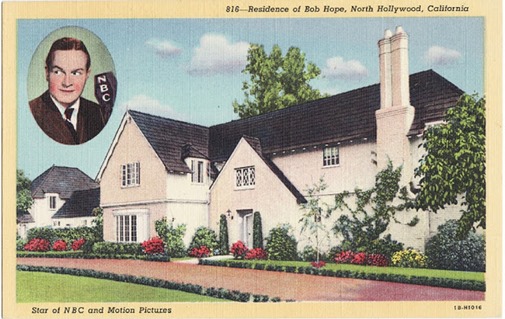




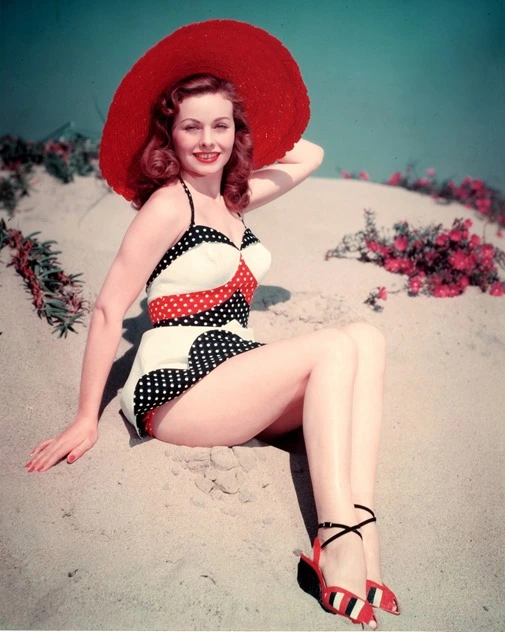

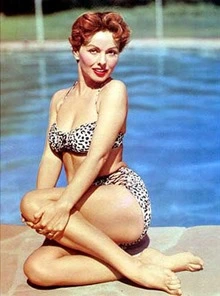







 Anna Leonowens
Anna Leonowens



